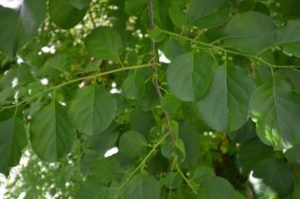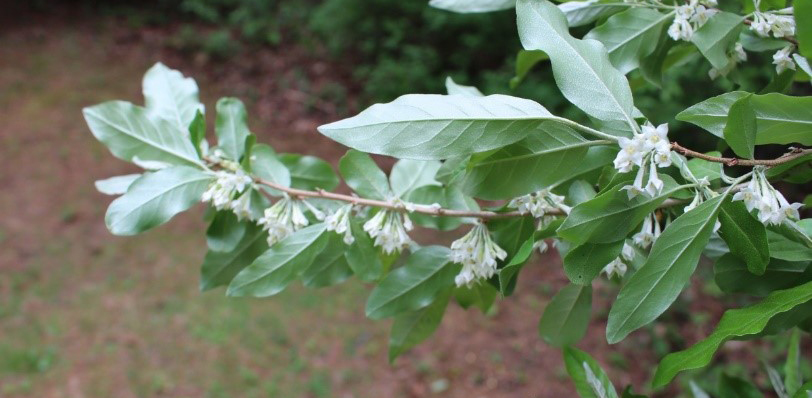It’s fairly common to think that all plants growing are good, but taking a closer look, you may find intruders within your native forest. Non-native plants are, unfortunately, becoming commonplace for many landscapes and without management they can wreak havoc on our natural landscapes and ecosystems.
Ready to Volunteer?
We host a monthly Invasive Removal at Chapel Island every month in Richmond. Sign up to volunteer here.
“Non-native (alien, exotic) species are ones that have been introduced by people, from other continents, ecosystems, or habitats to places where they don’t occur and would not likely have been dispersed to by wind, water, wildlife or other natural means. Invasive plants compete for limited natural resources including soil, water, light, nutrients and space. They displace native plants, replace wildlife food sources with exotic plants that are inedible, toxic, other otherwise harmful, draw pollinators away from native plants, hybridize with native species, push rare species closer to extinction and cause an overall reduction in natural biodiversity.” –Plant Invaders of Mid-Atlantic Natural Areas (National Park Service-U.S. Fish and Wildlife Service)
In other words, they are throwing our natural forest ecosystems off balance and must be managed in order to allow native species to thrive. Its takes time and diligence to keep these intruders from taking over, and each species needs specific management in order to control them properly.
Autumn Olive, is an easily identifiable showy shrub that is a prolific berry producer and is spread by birds. This plant can be managed trough pulling up baby plants, continuously mowing and cutting or painting the stump with systemic herbicide on mature plants.

Oriental Bitter sweet produces bright colored berries that are spread by birds.
(Video credit: YouTube; Herndon Environmental Network.)
Easy right? Well, there’s a lot more than meets the eye with invasive plants. Many are not as showy and easy to see at first. For example, oriental bittersweet which starts out as a tiny vine, but grows into a large aggressive vine. When you see it, continuously pull the plant out by the roots and/or treat with a systemic herbicide. Be sure not to leave the newly pulled vine on the ground, because it may re-root!
The bottom line is that not all plants are created equal and not all green is good. Take the time to learn how to identify invasive plants and manage them so that our native greenery can flourish!
A great local resource is the Blue Ridge PRISM (Partnership for Invasive Species Management).

